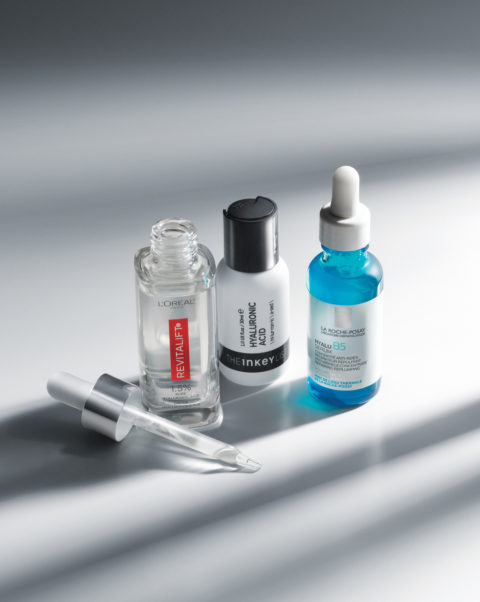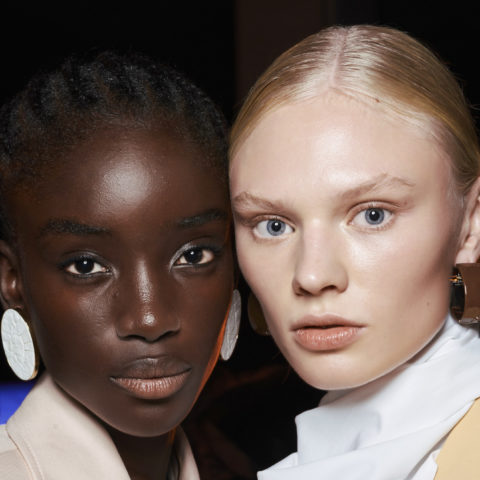How The Hunt For Single Ingredients Is Driving a New Wave of Skincare
Searches for hyaluronic acid, retinol and Vitamin C are at an all-time high on Google.
The World Wide Web turned 30 earlier this year. When inventor Sir Tim Berners-Lee published his proposal for it back in 1989, he couldn’t have predicted that it would open the door to the most popular way to find the answer to just about any question. “I pick up my phone 100 times a day just to Google something,” says Colette Newberry, co-founder of The Inkey List, a U.K.-based skincare brand that launched last year with the goal of removing the smoke and mirrors from beauty marketing.
Providing access to information is what drove Newberry and co-founder Mark Curry—whose career paths crossed at U.K. pharmacy retailer Boots—to develop their 14-piece (and growing) collection of affordable and potent but pared-down products that feature high-quality hero ingredients like squalane and glycolic acid. Its simple packaging and straightforward names (dictionary-style phonetic pronunciation included) highlight the tried-and-true actives inside, rather than hiding them in a made-up product name, so consumers know exactly what they’re buying and what the ingredients can do for their skin. “You don’t need a degree to try our products,” says Newberry of how easily understood their branding is. The company’s website even prominently features a Google-inspired search bar on its home page where you can type in any query—and it doesn’t need to be specific to The Inkey List products.
“These simple formulations not only are easy to understand but also enable the user to know exactly what they are putting on their skin.”
Gone are the days when we could be swayed by rose-scented creams and stories of hope in a jar. Today, beauty consumers aren’t as loyal to brands; they’re a lot more curious—and very discerning. “As the demand for authenticity and radical transparency rises, single ingredient skincare is gaining mass appeal; these simple formulations not only are easy to understand but also enable the user to know exactly what they are putting on their skin,” says Theresa Yee, senior beauty editor at WGSN, who adds that vitamin C, retinol and hyaluronic acid rank high in online-search popularity. In other words, whereas traditional skincare—with ingredient-packed products purporting a host of benefits—has been equivalent to keeping multiple tabs open in your browser, the next wave of complexion fixers is all about living that streamlined single-tab life.
Driving this trend, says Yee, is the rise of curious, “skintelligent” millennials. “They are hyper-knowledgeable and more informed than ever before about skincare, and the wealth of information online means they can research ingredients and formulations before they buy.” The late Brandon Truaxe tapped into this new customer mindset when he launched The Ordinary, an ingredient-focused range at prices so low, consumers could test drive full-sized products rather than relying on Sephora VIB samples and beauty box subscriptions. Up until then, consumers had associated cheap prices with poor results, but Truaxe pulled back the curtain to reveal that blue-chip beauty brands were sometimes inflating prices to offset costs from big-budget ad campaigns and celebrity spokespeople at the expense of ingredient quality and percentages.
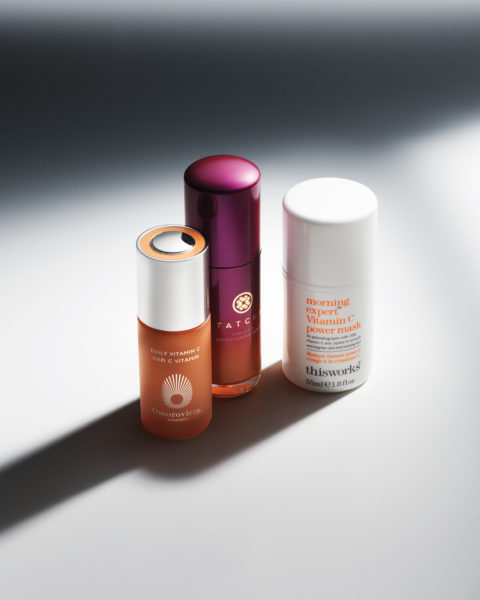
The percentage of an active ingredient in a product is something consumers are also paying attention to, which is why some brands are calling that out on their packaging, too. “This is not drugstore-level vitamin C,” says Donna Regii, director of brand and retail strategy, North America, for This Works, of the brand’s new Morning Expert Vitamin C Power Mask. “It’s at this level and formulated in a way that’s going to deliver results. At the end of the day, we need to stand behind our name and [show that we] don’t sprinkle ingredients in.”
In addition to vitamin C, retinol and hyaluronic acid, Canadians have been increasingly searching for ingredients like charcoal, aloe, avocado, coconut oil and collagen, says Shauna Gutoskie, partner lead, beauty, at Google Canada, adding that it has seen skincare ingredient searches grow by 22 per cent year over year. The top trending questions related to those ingredients are generally about quality. For instance, searches for “best vitamin C serum” have increased by 200 per cent. Gutoskie says that Canadian searches for natural skincare ingredients such as avocado are typically driven by a desire to understand the benefits, whereas searches for active ingredients like retinol are driven by a desire to understand the safety behind them. “In both cases, people are searching to understand the efficacy of those ingredients,” she says.
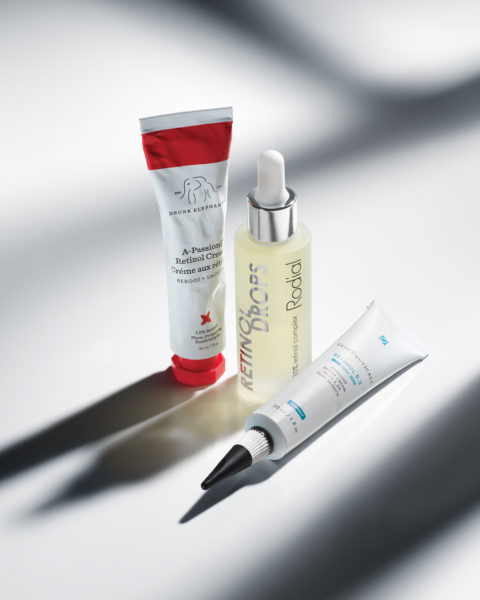
And brands are paying attention, using this information to develop new products. In fact, it makes sense to think of Google as a modern-day focus group for beauty brands; what people are searching for and the questions they are asking give brands insight into what kinds of products they want. “We are the largest database of consumer intention that really exists, and brands are leveraging the information that we have available to help them inform their messaging for products and the types of products they’re creating and putting to market,” says Gutoskie.
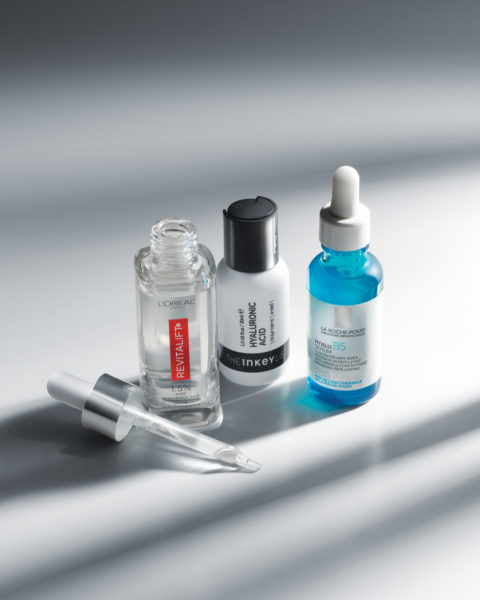
Take L’Oréal Paris’s Revitalift 1.5% Pure Hyaluronic Acid serum, which soared in popularity shortly after hitting shelves earlier this year likely because of its often-Googled namesake. Though the brand places a greater value on what its “dermatologists and clinical experts believe are the best active ingredients” than what might be trending on Google, the ingredients that people are searching for aren’t overlooked, says Elisabeth Bouhadana, global scientific communications director at L’Oréal Paris. “We are living in an era when people are more and more interested in what really works, and it generates lots of conversation on the internet about these active ingredients.”


